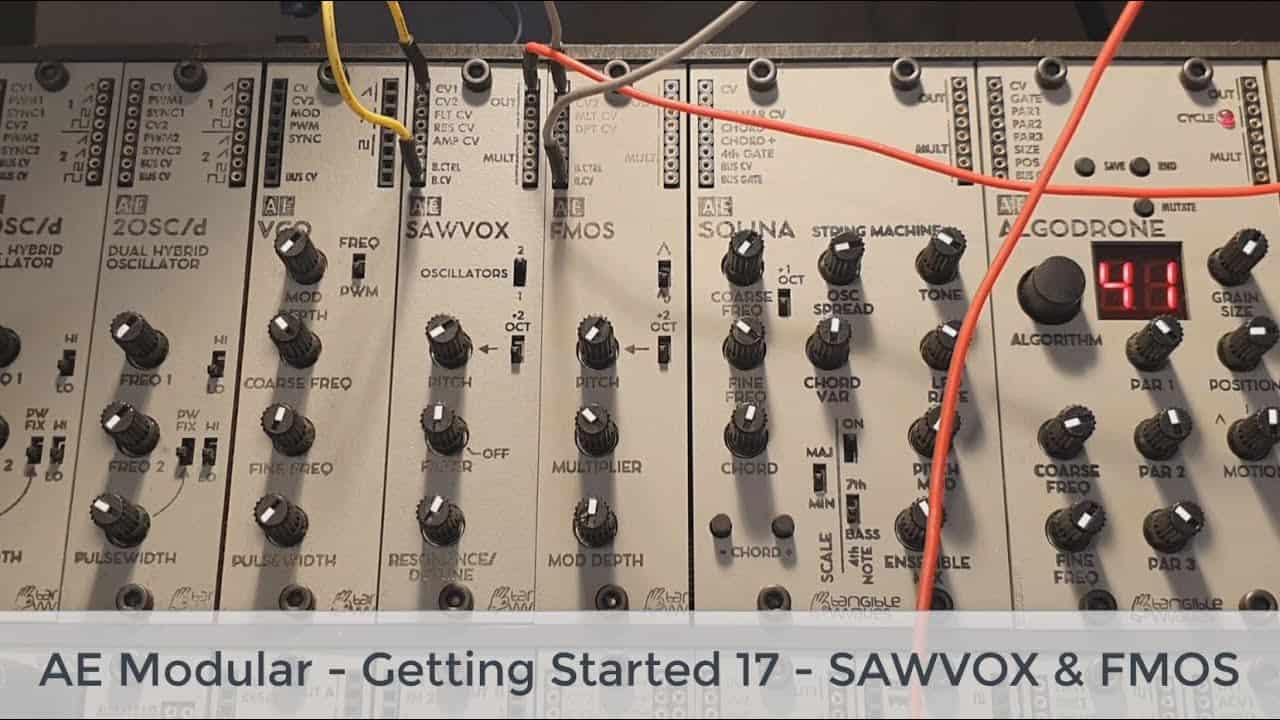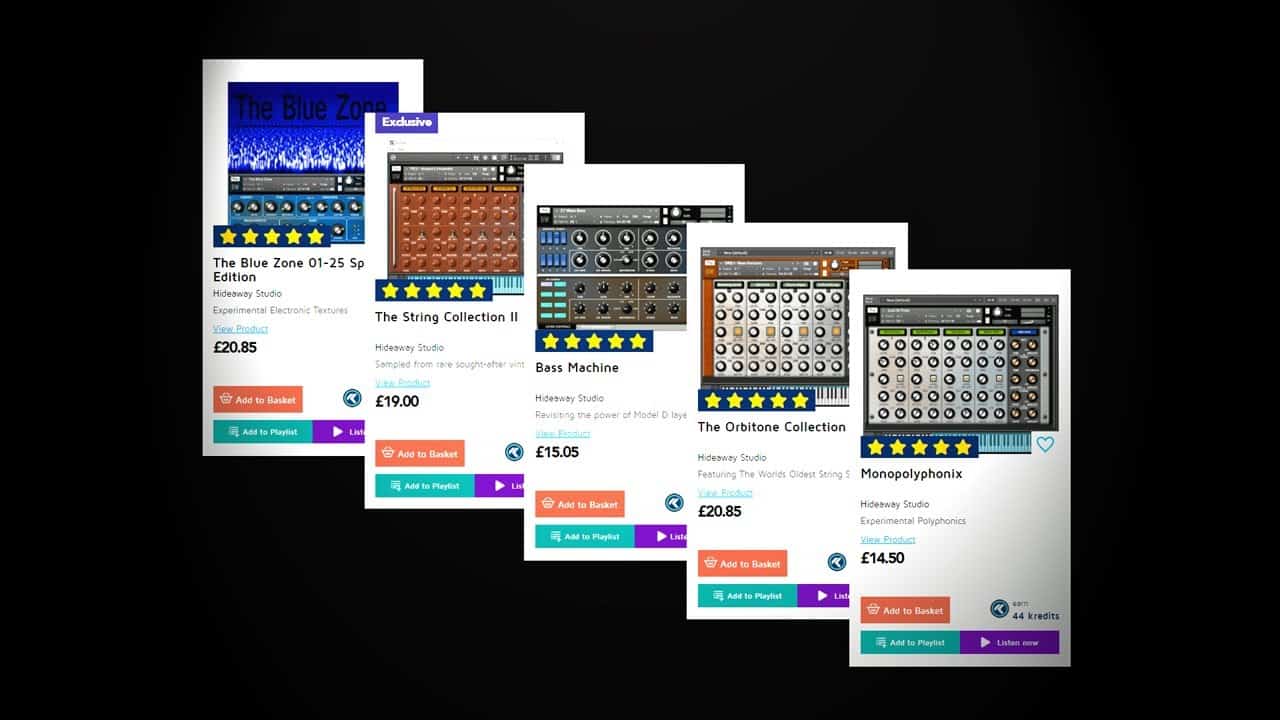I think most people have a desire to learn how to sing better. After all, it’s a skill that comes with a lot of rewards: you’ll be able to express yourself more fully and connect with other people; you’ll find your confidence growing in other areas of life; and if you want to pursue music professionally, your singing will sound great on recordings. But it takes work! You’ll need persistence, patience, and practice before you start noticing improvements in your voice.
The first step to creating a unique voice is to get to know your vocal range. People don’t want to hear the same old genre and sound all the time. Many record labels search through streaming platforms like Spotify to discover fresh and unique voices. Try singing in the middle or mix voice, or try a brassy, bright-sounding voice.
Be Confident in Your Authenticity
When finding a unique voice, you need to be confident in your own truth. Trying to imitate others’ authenticity will only create confusion and an uncomfortable situation. In addition, it will make you feel like a social chameleon. Most people like authentic people, so you must be true to yourself.
The first step is to find an outlet where you can express your innermost feelings. Singing can make you feel comfortable with yourself, so you should find an open, comfortable space to practice. Avoid situations where your nerves will get amplified, such as a recording studio or a live performance. You may not believe that your voice can have a powerful impact on others, but over time, you can change how you perceive yourself and your voice.
Try a Vocal Range Test
There are a few different methods to test your vocal range. You can do this manually or using technology. While some online tests may provide vague responses, playing up and down a scale is the most accurate method. If you want a more advanced level of information about your voice, you can visit Vocal Nebula to take a voice test.
A vocal range is the distance between your voice’s lowest and highest notes. This range is usually written as a range between two notes, such as middle C and high C. This information is helpful when deciding what type of voice you want to develop. While some people have a very wide vocal range, others have a narrow range and must try harder to achieve certain vocal pitches.
Sing with A Mix or Middle Voice
If you have problems with your head voice, try experimenting with your middle voice. You can even sing in yodeling, a fun and easy technique for alternating between high and low pitches. Many singers, including Aretha Franklin, Nancy Wilson, and Leon Bridges, use mixed voices. Other singers who have mastered this technique include Beyonce, Bruno Mars, and Sarah Vaughan.
When you sing in the middle or mixed voice, you focus on your pharynx instead of your head. Your larynx tends to rise as you sing higher notes, so you’ll want to keep it lower as you sing in these regions. It’s important not to force your larynx too much, though, and to follow the guidance of your voice coach. It can be helpful to listen to recordings of vocal exercises to help you develop your voice.
Sing with A Brassy Bright Sounding Voice
If you want to learn how to sing with a brassy, bright-sounding voice, you can use a few techniques. One technique focuses on the mouth and how it’s used to vary the tone of the voice. Generally, a brighter tone is better, but many students start out with a darker tone and then work their way up to a brighter one. A bright tone is produced when airstreams ricochet off of hard parts of the vocal tract, while a darker tone is achieved when the airstream is directed toward softer tissues.
Another important technique is to warm up your voice. The tone of your voice can make or break your singing career. The tone is usually described on a spectrum from bright to dark and is a key factor in success in an audition. The bright tone is often associated with children and shrill voices, while the dark tone is generally associated with older male bass voices.
Find a Song that You Like
The first step to learning how to sing is to find a song that you like. This is important because if the song doesn’t resonate with you, it will be hard for you to learn it. You’ll need a little bit of passion and love for the song for your voice to develop appropriately.
You also want to choose a song appropriate for your voice—you don’t want too much pressure on your vocal cords at first! So find something in the right key (the easiest key), and try not to overdo it on this choice, either.
Make Sure to Sing Songs in The Right Key
If you’re just starting out, choosing songs that are in your vocal range is important. You should also pick a song in the right key for your voice type and make sure you like it!
You can find this information by researching the song or asking someone else who sings well (like a teacher).
Practice with A Metronome
One of the most important things you can do to improve your singing is to practice with a metronome. Metronomes are available online or in music stores, and they work by producing a steady click sound at a specific pace. If you want to learn how to sing without a metronome, any other instrument (such as a piano) will do the trick instead. But using a metronome makes it much easier to keep time while practicing your scales and exercises, eventually leading to better results overall.
That said, there are plenty of free online metronomes available as well—so feel free to use those if that’s more convenient for you!
Put Effort Into Your Posture While Singing
One of the most important things you can do to improve your singing is to make sure that you are practicing good posture. Good posture will help keep your voice clear, reduce tension in your voice box, and allow for more support from the muscles in the area around it.
To improve your posture, start by sitting up straight with both feet flat on the floor so that the weight of your body is evenly distributed between them instead of focusing only on one side or another. Stand up straight with arms hanging loosely at sides; inhale deeply through the nose for three seconds and then exhale through mouth for three seconds (this rhythm should be consistent throughout this exercise). Repeat this exercise twice daily, once in the morning and once before bedtime each day until you see improvements in how easily sounds come out when singing. If this seems impossible at first try singing along with someone else who has a better than average ability at hitting notes correctly without sounding forced or strained while doing so—the goal here being getting used to using those muscles naturally while speaking normally rather than forcing them into action during times when they’re needed most such as during performances where nerves may prevent proper breathing techniques from being used effectively enough not only for singers but also their audience members as well
Work on Your Breathing Technique
Breathing is an important part of singing, so it’s a good idea to practice breathing techniques as often as possible. Breathing exercises can help you improve your breathing technique, which can benefit you in more ways than one. Here are some examples:
- Breath control – This exercise involves taking a series of deep breaths, allowing air to fill your lungs and then forcefully exhaling all of that air out through pursed lips. Repeat this several times, trying not to take any extra breaths between each exhale. You should be able to feel the increase in energy after doing this exercise for 20 seconds or so!
This practice will help when singing because it strengthens your diaphragm muscles and increases lung capacity so that less strain is put on them during singing activities (which makes them easier).
Practice Scales and Vocal Exercises Every Day
- Practice scales and vocal exercises every day.
- Use a metronome to ensure that you are singing in tune.
- Practice in front of a mirror so you can see how your mouth and throat are moving, as well as the quality of the sound coming out.
- Record yourself singing and listen back to see how you sound!
If You Want to Learn How To Sing Better, Find Someone Who Can Give You Lessons
A singing teacher will be able to help you understand your voice, its strengths and weaknesses, and how to develop your skills. The best teachers will use various resources to teach students how to sing better: from books written by famous musicians and vocal instructors to videos demonstrating proper technique. They’ll also provide materials for practice between lessons (like CDs or DVDs).
To find the right singing teacher for you, start by asking friends if they know any good ones in your area. You can also look online at local music schools or studios that offer classes; sometimes they have connections with private teachers who take on new students as well. This person must have experience working with people who want to improve their singing voices—they should be able to answer questions about vocal health and technique so that you don’t get hurt while trying something new!
Focus on One Song at A Time, so You Don’t Get Overwhelmed
The key to learning to sing is focusing on one song at a time. If you try and learn too many songs at once, it will be difficult to remember them all and your progress will be slow. The best way to approach learning new songs is picking one that’s relatively easy for you and work through the process over time until it feels natural.
It’s also important not to try and learn every single type of music simultaneously. For example, if you want a career as a pop singer, then it makes sense for your first few songs to be pop songs because this will give more context for your practice sessions and allow you more freedom as far as genre goes later on down the road when there are more styles under your belt (e.g., country). This doesn’t mean that there aren’t other genres out there waiting for their chance—it simply means that focusing on one specific style first helps streamline what could become overwhelming quickly!
Perform Your Song for People to Help Build Confidence and Stage Presence
The next step is to perform your song for people. You can do this in a variety of ways, including:
- Performing in front of a mirror or with a friend or relative.
- Performing in front of a small group of people. This might be at an open mic night at a local music venue, or it could be at home with some friends and family members if you have them around (or even if you don’t).
Record Yourself Singing and Evaluate how It Sounds from An Audience’s Perspective
Listen to yourself singing from an audience’s perspective.
You want to listen objectively, so record yourself and listen back. The goal is not perfection (there is no such thing), but rather to evaluate what needs improvement and keep practicing until you get it right.
Singing Takes Practice, but It Pays Off
It’s true, singing’s not for everyone. But if you’re like me and you love it, then we can get started on how to become a better singer. Singing is like any other skill—it takes practice and patience to get good at!
The more you practice, the better you’ll get. The first time I sang in front of people was pretty terrifying, but after some time and effort doing vocal exercises (more on those later), my voice got stronger and people started telling me they could hear improvement! So don’t worry if it doesn’t sound perfect right away; keep practicing until it does sound good enough for others’ ears. It may take a while before their praise rolls in, but just keep going!
Conclusion
We hope you’ve found these tips helpful and that they’ve inspired you to start your own singing journey. If all else fails, remember this: the best way to learn how to sing better is by listening to more music!










